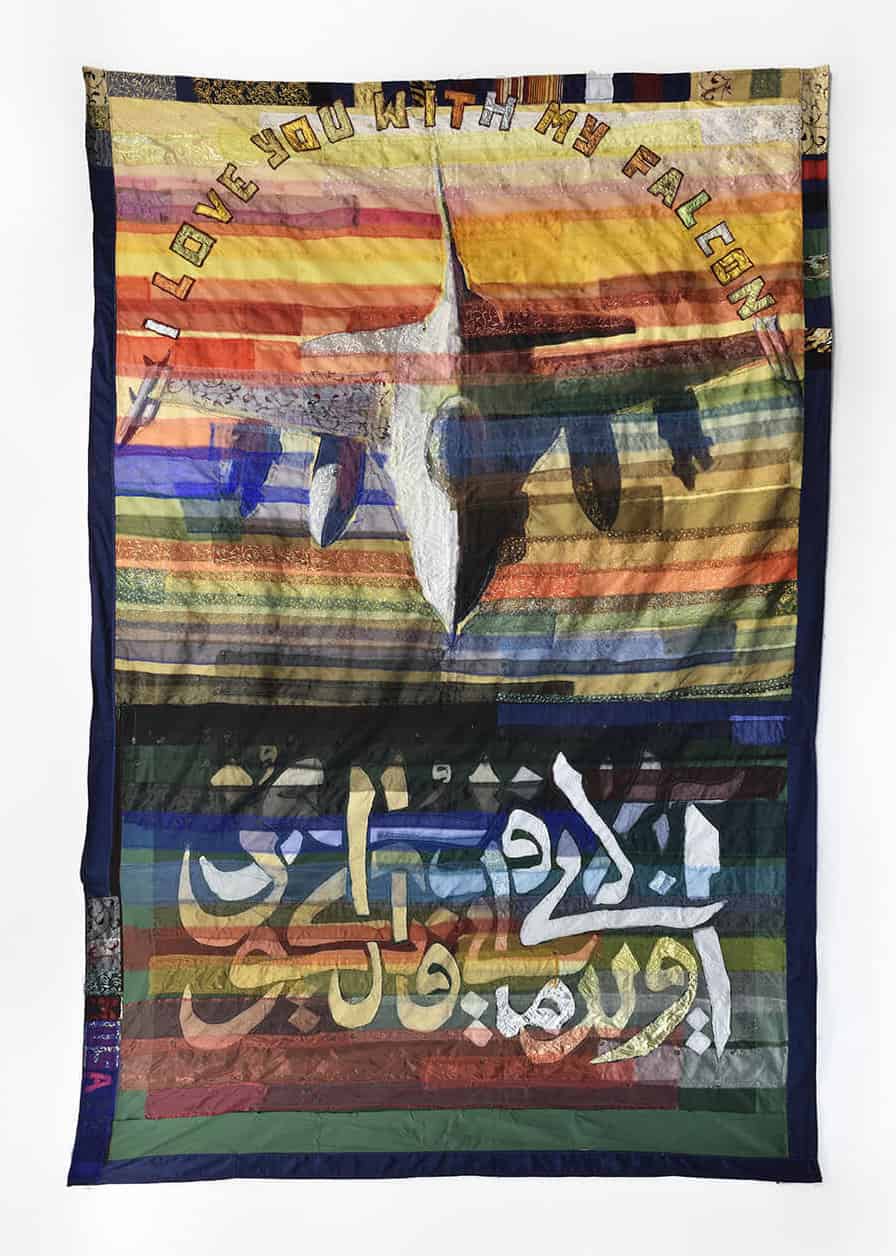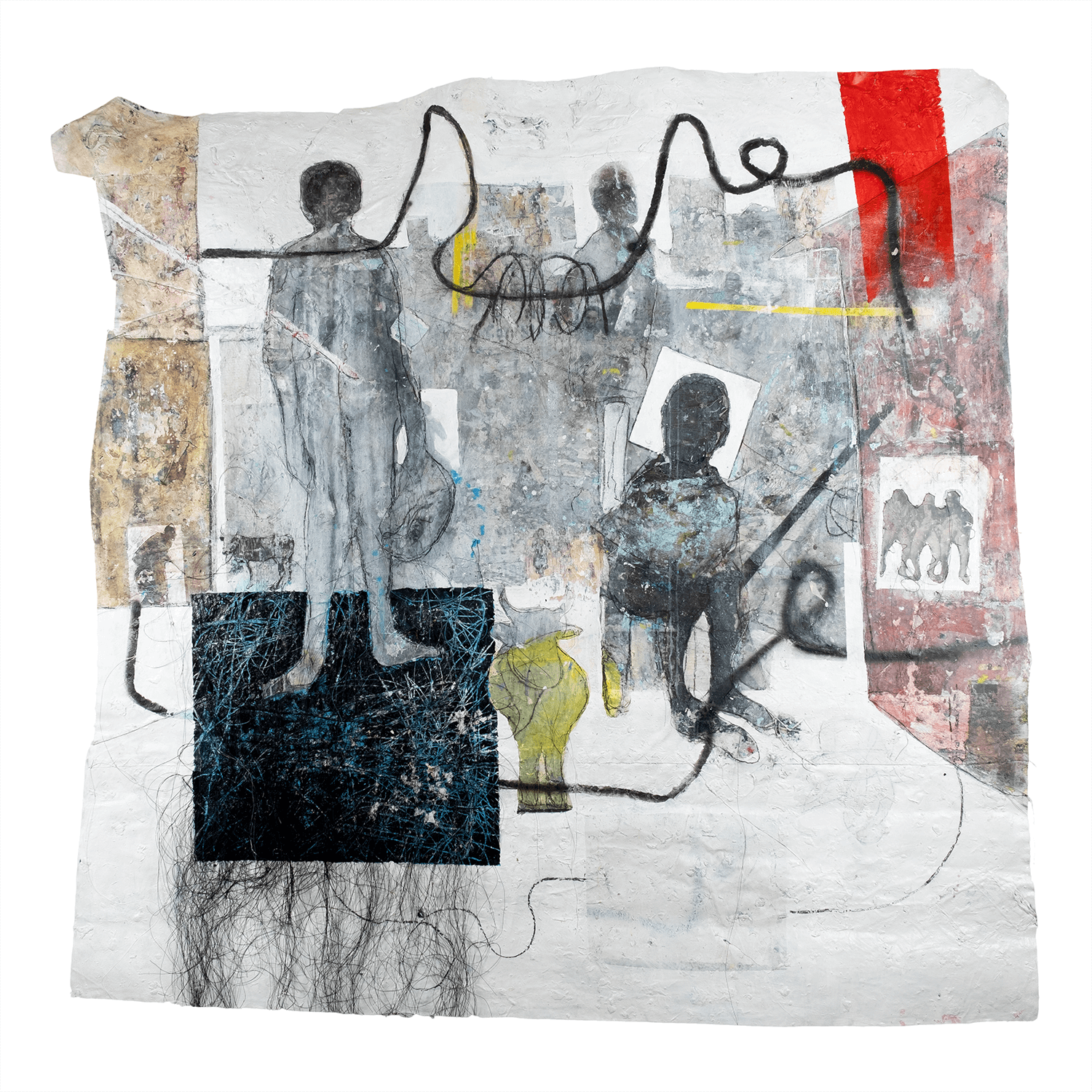In my conversation with Simon Njami on the lead up to Abu Dhabi Art’s virtual offering this year we discuss the presence of contemporary African art in the Middle East as the region continues to assert its presence on the global art market.
When asked about his view on the profile of contemporary African art and the Middle Eastern art market, he says, “I believe there is an educational process to be made or invented for the region where it can be more intimately acquainted with the contemporary practices of the African continent. It is a long term process but no doubt the region, with their deep pockets and plans, will become a major influencer and shift the global market in the coming years.”
Njami sees the region as a crucial junction of African and Middle Eastern cultural practice – and believes that if the experiment is to work everybody needs to understand what is at stake – and that there will be two powers at play, the African and the Middle Eastern partnership, and the West. When asked about the region’s current global standing Njami adds, “Bringing these two parallel markets into the competition will challenge the current monopolies, which have always been damaging to the market. Creating a new pole that challenges the current monopoly and creates opportunities for this region, and other emerging market regions too, will greatly assist in forcing the Western and European markets to review their own habits. Hopefully, in time the impact will be strong enough to start redefining global practices.”
Models that foster cultural exchange, scholarships, residencies – is what I hope to see more of…
Kaloki Nyamai, Oka gusamie tweke okimana, 2019. Mixed media on canvas, 223 x 231cm (Unframed). © Photographer Cécile Pirou. Courtesy of the artist & Septieme Gallery
I ask Njami about platforms like Abu Dhabi Art, and their impact, he adds, “They can create connections – a greater awareness – if you look at African studies there is nothing like that in the Middle East so the fair can act as a catalyst for many more developments around contemporary African practices in the region to happen. Models that foster cultural exchange, scholarships, residencies – is what I hope to see more of – and I will work towards helping this happen by dedicating myself to this in the coming years, in the hope to open up that territory for Africans, and to also work with young artists from the region too.”
We touch on issues of identity and Njami asserts, “The Middle Eastern region has a strong combat against identity and self-definition, many of the same challenges we have been struggling with on the continent too, so they could benefit greatly from our experiences.”

Hassan Musa, I love you with my Falcone, 2011. Assembled textiles, 345 x 240 x 2cm. Courtesy of Maïa Muller Gallery.
We also cover the strong historical and geographical links between the two regions and the many possibilities the next decade will bring. Njami offers his opinion on how this could unfold, “It will be very interesting and I am sure we will see developments in the region making a considerable impact on the global art market. For now, what is crucial is that we develop a strategy – doing is what comes later, at the end, most important now is how we do what we do – the process is everything. If we are to imagine an apolitical space in the art world we need to be poetical in the very sense of it – steer clear of the stupid games and get down to transforming the African situation. We need to ask: how can we be instrumental in shaping the global map – there are no rules anymore, the process is crucial and the responsibility is something that should be shared by all.”




